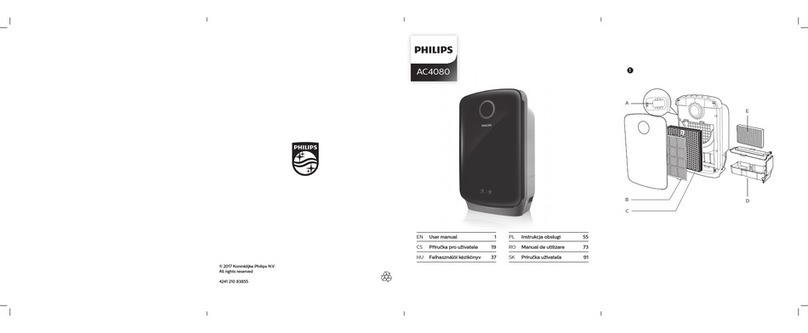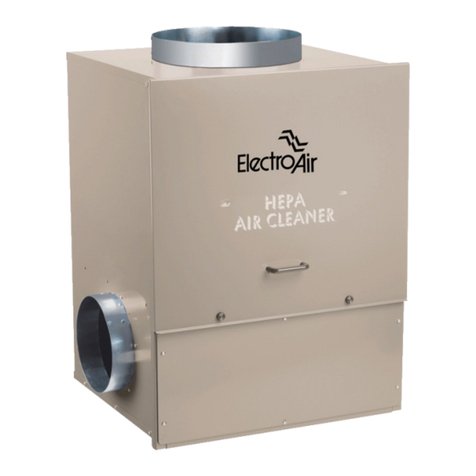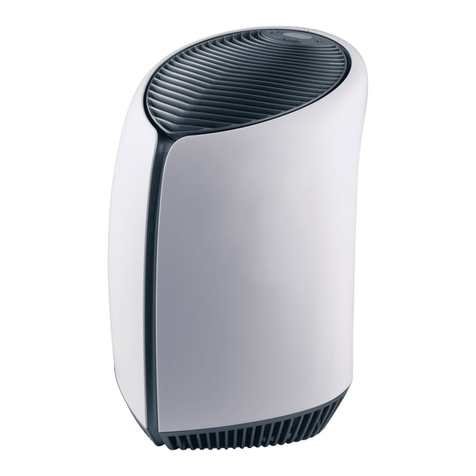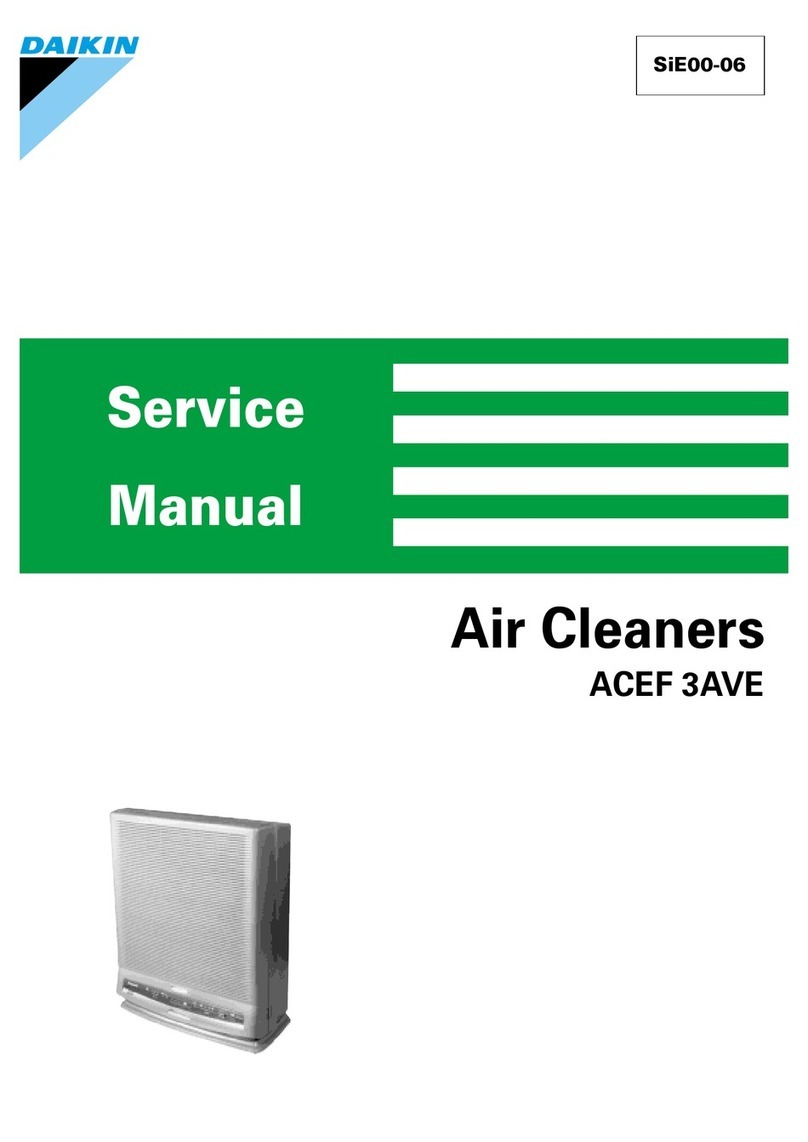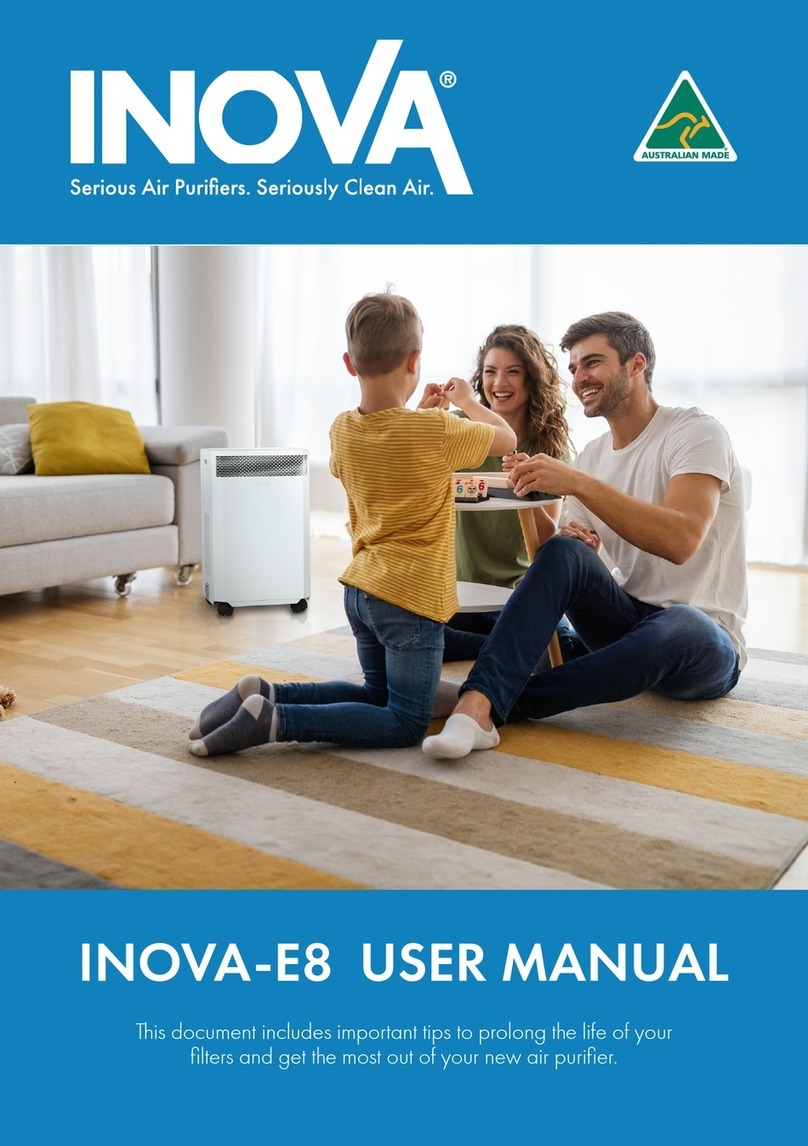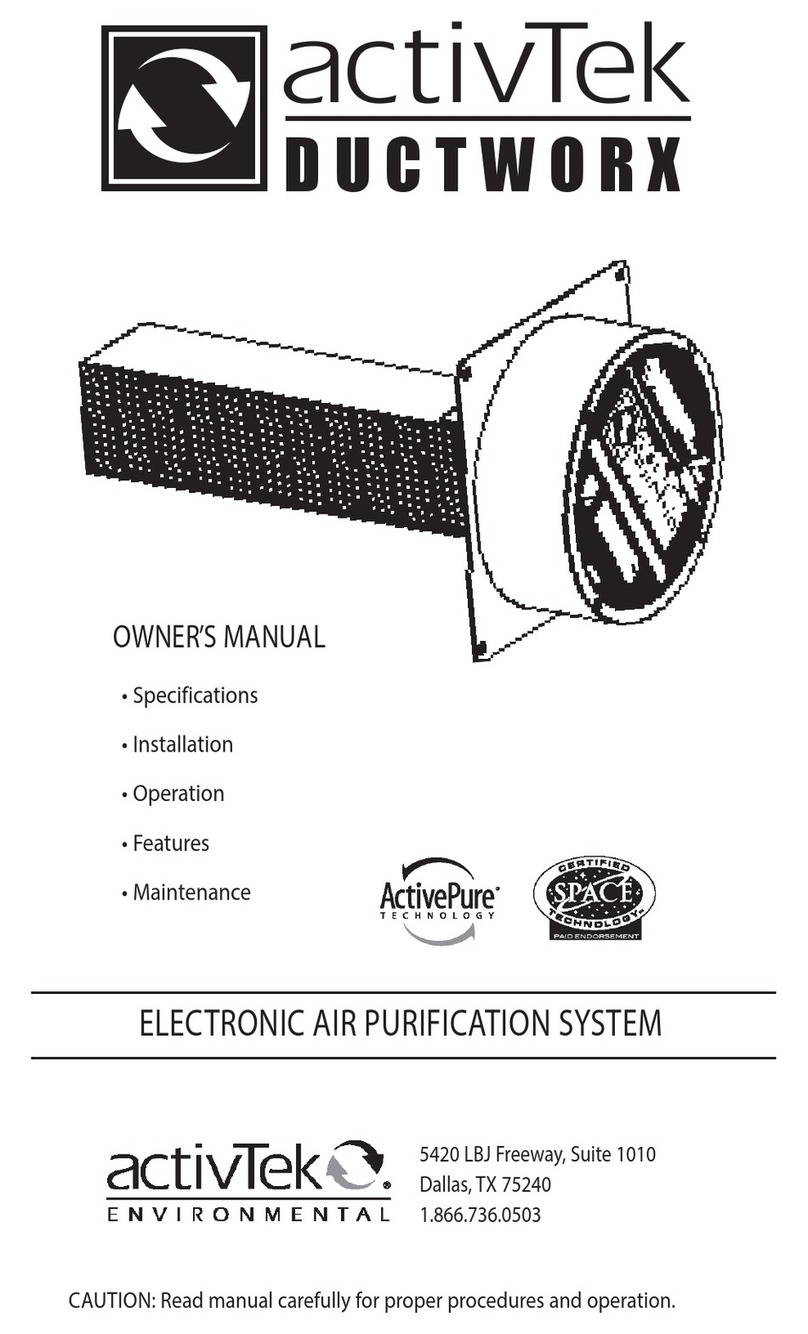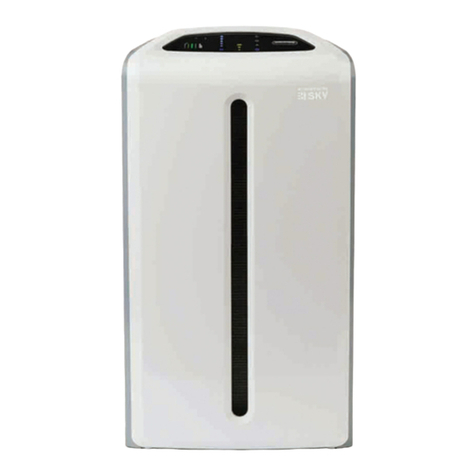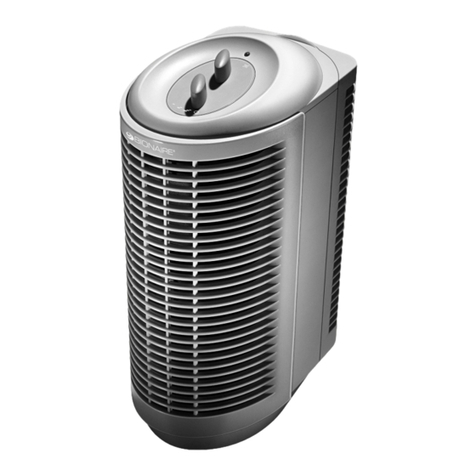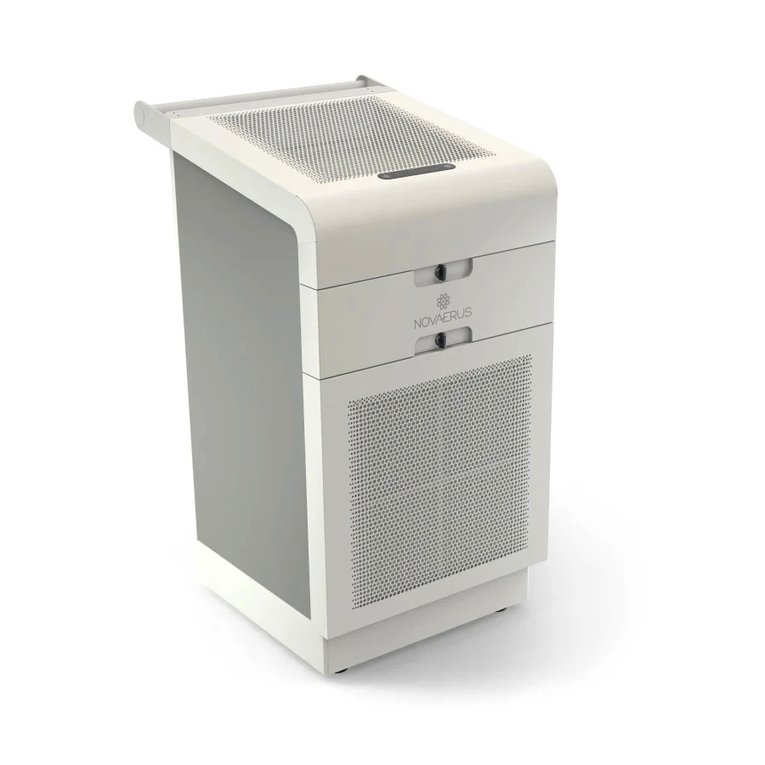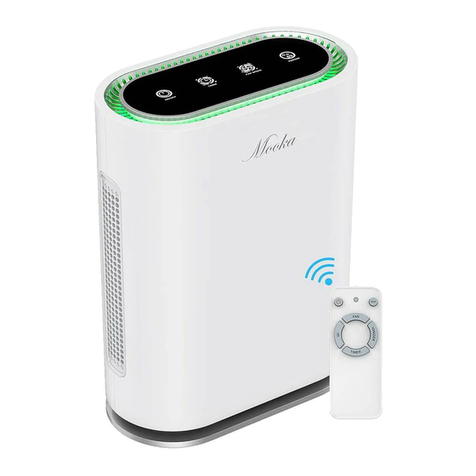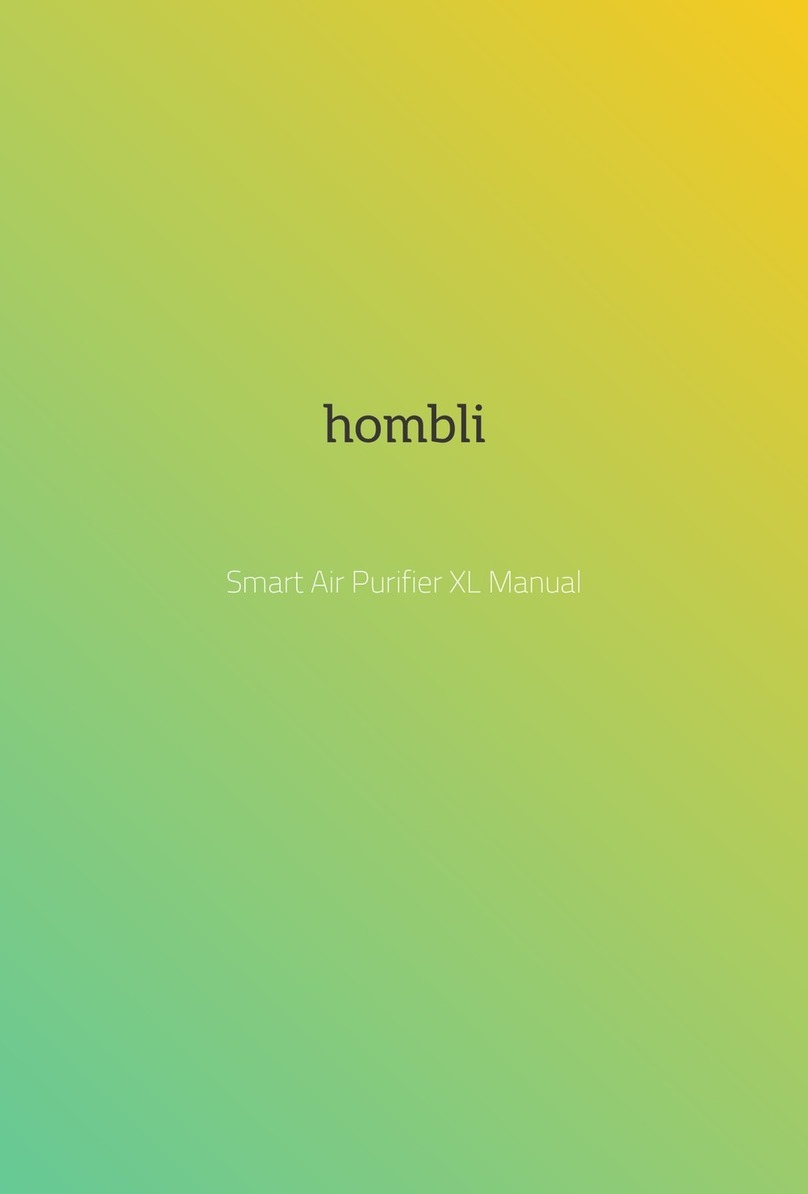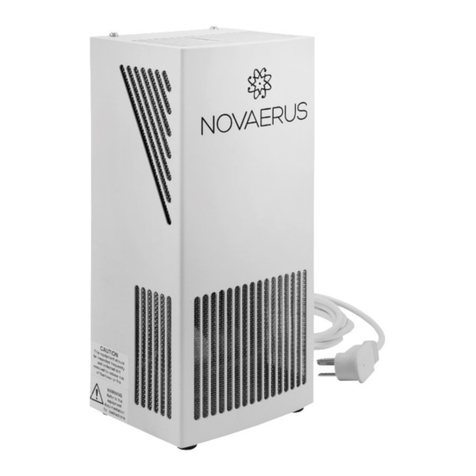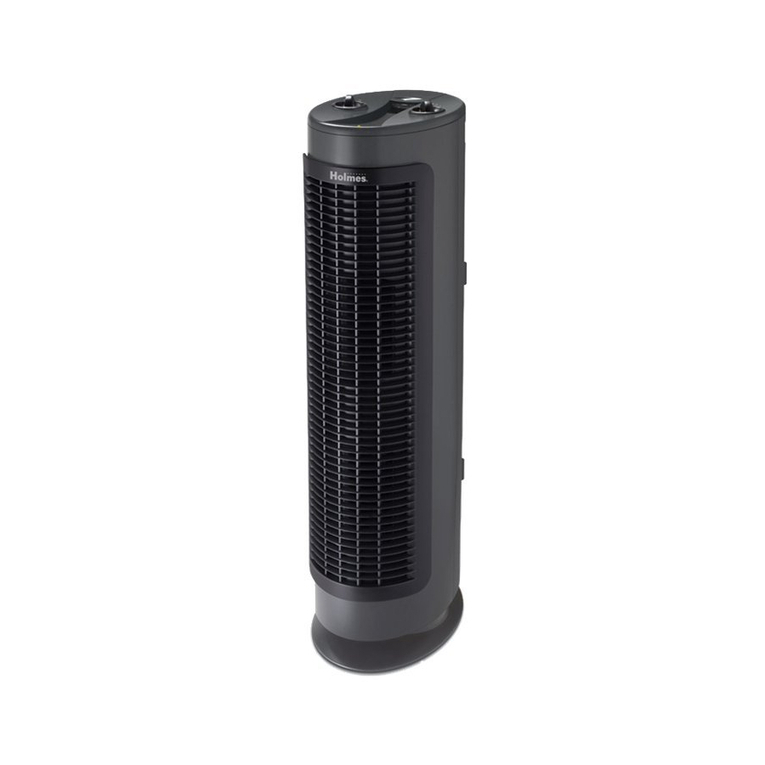RoboVent Spire MLS-01-5500-10 User manual

Spire Series
(MLS-) Cartridge Collectors
Owner’s Manual
Installation, Operation
& Maintenance
Revised 10-25-19


Spire Series
(MLS-) Cartridge Collectors
Owner’s Manual
Installation, Operation & Maintenance
Manufactured by:
RoboVent
37900 Mound Road
Sterling Heights, MI 48310 USA
(888) 762-6836
www.robovent.com
©2019 RoboVent Product Group, Inc. All rights reserved.
Models:
MLS-01-5500-10
(Spire)
MLS-10-7000-10
(Spire360)
Spire Series Spire360 Series

4 ROBOVENT • SPIRE SERIES OWNER’S MANUAL
Dear Customer,
Thank you for purchasing a Spire Series Collector. This manual will help you install, start-
up, commission, maintain, and troubleshoot your new dust collector. Please take time to
read this manual thoroughly before installing and/or operating your unit.
When your Spire dust collector is due for scheduled maintenance, keep in mind that
RoboVent has specially trained staff to perform these tasks. If you would like one of our
qualified service staff to discuss a customized service plan for your factory, don't hesitate
to reach out. Our team can also discuss the wide array of replacement filter cartridges we
have in stock for purchase to maximize your dust collectors efficiency and performance. For
any technical issues you may experience, RoboVent has a dedicated technical support team
that is only a call away 24-7.
At RoboVent, we are committed to making your facility a safe and healthy environment
for your workers. We look forward to continuing to work with you!
The RoboVent Team
Congratulations!

ROBOVENT • SPIRE SERIES OWNER’S MANUAL 5
Important Safety Instructions ...................Section 100 .........................Page 7
Glossary of Terms ...............................Section 200 .........................Page 9
Features of the Spire Series Collector ............Section 300 ........................Page 13
Receiving & Inspection ..........................Section 400 ........................Page 19
Installation ......................................Section 500 ........................Page 21
Start-up/Commissioning . . . . . . . . . . . . . . . . . . . . . . . .Section 600 ........................Page 27
System Balancing ...............................Section 700 ........................Page 31
Operating your Spire Collector
using the Control Screen .......................Section 800 ........................Page 33
Maintenance....................................Section 900 ........................Page 39
VFD Maintenance Procedure . . . . . . . . . . . . . . . . . . . .Section 900 ........................Page 50
Troubleshooting .............................. Section 1000 ........................Page 53
Appendix A: General Wiring Diagrams
Appendix B: Parts List
Table of Contents


ROBOVENT • SPIRE SERIES OWNER’S MANUAL 7
SECTION 100
Important
Safety Instructions

8 ROBOVENT • SPIRE SERIES OWNER’S MANUAL
Failure to follow all instructions may result in electric
shock, bodily injury and/or destruction of the unit.
Use of controls, adjustments, or performance of
procedures other than those specified herein, may
result in electrical shock.
IMPORTANT SAFETY INSTRUCTIONS
1. Read all instructions thoroughly.
2. Heed all warnings.
3. Do not block intake or exhaust vents. Keep the exhaust
vent free from debris and materials that could restrict
airflow. Prolonged restriction could damage the motor and
electrical components. Any blockage of the air flow will
decrease efficiency of this unit.
4. Refer all service matters to qualified service personnel.
Servicing is required when the unit is damaged in any
way including the control panel, supply wiring or in the
case of excessive filter loading.
5. Disconnect power before working on the motor or
blower wheel. The motor or blower wheel should be
disassembled only by a factory authorized technician.
6. Risk of serious personal injury or death!
Use extreme care to make sure you are never in a
position where your body (or any item you are in contact
with, such as a screwdriver or test instrument) can
accidentally touch the blower wheel.
7. If welding stainless steel, special safety measures need to be
followed when maintaining collector. Consult your Safety
Director for further information on OSHA's Hexavalent
Chromium Standards.
SECTION 100
Important Safety Instructions

SECTION 200
Glossary of Terms

10 ROBOVENT • SPIRE SERIES OWNER’S MANUAL
SECTION 200
Glossary of Terms
Autogates/Blast Gates: Blast gates are gate valves used to focus a dust collection
system's vacuum pressure for maximum dust (or other material) extraction at the
desired location. Blast gates are positioned near individual pieces of machinery and
operate by being, by default, closed — blocking air flow. They are opened as needed
to achieve the desired air velocities at the specific inlet point.
Containment: This term is used to describe the portion of the dust collector that is
collecting particulate for removal and/or disposal. This is typically either a hopper, or
a tray.
Control Panel (RV-3.0): A RoboVent Control System that controls the Blower and Pulsing
functions through an easy to understand Interface. Control the pulse timing and
trigger points; Set Filter service alarms; setup Automatic Run schedules. Operate
and control the blower speed manually or automatically through the control screen.
Monitor Filter pressure and see operation events.
Damper: A damper is a valve or plate that stops or regulates the flow of air inside a duct,
chimney, VAV box, air handler, or other air-handling equipment. A damper may be
used to cut off central air conditioning (heating or cooling) to an unused room, or to
regulate it for room-by-room temperature and climate control.
Delta3: RoboVent’s proprietary Spark Arrestor that utilizes cylindrical force and air patterns
to extinguish sparks and prevent then from entering a dust collection system.
Differential Pressure: The difference in pressure between the dirty air side of the
enclosed plenum and the clean air side of the enclosed plenum. This difference
quantifies the amount of loading across the cartridge filters installed in the machine
and allows you to monitor and understand when a filter change is necessary.
Typically measured in either KPA (Kilopascal) or Inches of Water Column (Notated by
SP or WC).
Fire Suppression System: A system that is installed onto an industrial machine, e.g.
a dust collector, to control a fire from spreading. These systems allow necessary
personnel to get to the scene of the event and react appropriately, while using gas
or chemical agents in the space the event occurred to limit its immediate damage.
Hexavalent Chromium: Hexavalent chromium [Cr(VI)] is one of the valence states (+6)
of the element chromium. It is usually produced by an industrial process. Cr(VI) is
known to cause cancer. In addition, it targets the respiratory system, kidneys, liver,
skin and eyes. Chromium metal is added to alloy steel to increase hardenability and
corrosion resistance. A major source of worker exposure to Cr(VI) occurs during "hot

ROBOVENT • SPIRE SERIES OWNER’S MANUAL 11
SECTION 200
Glossary of Terms
work" such as welding on stainless steel and other alloy steels containing chromium
metal. Cr(VI) compounds may be used as pigments in dyes, paints, inks, and plastics.
It also may be used as an anticorrosive agent added to paints, primers, and other
surface coatings. The Cr(VI) compound chromic acid is used to electroplate chromium
onto metal parts to provide a decorative or protective coating.
HMI: A human-machine interface (HMI) is the user interface that connects an operator to
the controller for an industrial system. In the dust collection industry, these interfaces
are utilized to connect the operator with the PLC that is controlling the operation of
the equipment.
Hopper: A container for a bulk material such as grain, rock, or trash, typically one that
tapers downward and is able to discharge its contents at the bottom. In the dust
collection industry, a hopper is used to contain and funnel collected particulate into a
tray or barrel so it can be cleaned out and/or removed from the dust collector.
OSHA: The Occupational Safety and Health Administration, an agency of the US
government under the Department of Labor with the responsibility of ensuring safety
at work and a healthful work environment. OSHA's mission is to prevent work-related
injuries, illnesses and deaths.
Plenum: an enclosed chamber where a treated substance collects for distribution, as
heated or conditioned air through a ventilation system.
Pulse Cleaning System: In RoboVent’s Spire Dust Collectors, dust and fume enters from
the side or back of the unit and flows from outside to inside the cartridge filters.
The cartridge filters are cleaned by short bursts of compressed air injected through
a common manifold that supports individual solenoid valves. The compressed air
is accelerated by a special nozzle mounted above the filter cartridge. Since the
duration of the compressed-air burst is very short, it acts as a rapidly moving air
bubble, traveling through the entire length of the cartridge and causing the surfaces
to flex. This flexing of the cartridges breaks the dust cake, and the dislodged dust
falls into a storage tray or hopper below. Reverse pulse-jet dust collectors can be
operated continuously and cleaned without interruption of flow because the burst of
compressed air is very small compared with the total volume of dusty air through the
collector. The bursts of air are timed, and controlled by the pressure differential of the
filters, as well as by pre-programmed threshold settings within the collectors onboard
control system.

12 ROBOVENT • SPIRE SERIES OWNER’S MANUAL
SafeSensor: A particulate monitoring device that is commonly referred to as a smoke
detector. This device alerts your dust collector in the event of a thermal event or
bypass. The device is triggered by smoke passing by the photoelectric sensing eye.
VFD: A variable frequency drive setup with pressure transmitters to control the speed of
the motor on the dust collector. This device regulates the motor speed and increases
its speed to compensate for losses occurring within the dust collector, primarily filter
loading. This allows the dust collector to maintain a consistent airflow throughout the
life of the cartridge filters while also saving energy by eliminating the need to run a
collector at full speed with little to no filter resistance.
SECTION 200
Glossary of Terms

SECTION 300
Features of the
Spire Series Collector

14 ROBOVENT • SPIRE SERIES OWNER’S MANUAL
SECTION 300
Features of the Spire Series Collector
1. Downflow Filtration System
The RoboVent Spire Series cartridge collectors utilize
a vertical airflow into horizontal cartridge filters as
shown in Figure 1, maximizing airflow near the top
of the cartridge plenum. This design helps overcome
re-entrainment of the dust back onto the filter
cartridge after it has been removed by the Pulse
Filter Cleaning System. Air is brought in through
the intake (1) and evenly distributed throughout
the cartridge plenum (2). After passing through the
PleatLock Cartridge Filters, clean air is then returned
to the plant through the exhaust vent (3). Formed
dust cakes are pulsed off the high efficiency media
and captured into the particulate containment
below (4).
2. High Performance Blower Design
Each RoboVent Spire Series Collector comes
with a high output airfoil blower and direct drive
motor. This highly efficient blower design and
direct drive system maximizes the airflow (CFM)
delivered by the motor power requirements.
(see Figure 2).
3. Pulse Filter Cleaning System
RoboVent filter cleaning systems utilizes powerful
compressed air pulses for unmatched filter
cleaning. The on-line and off-line cleaning cycles
are pre-programmed for optimal efficiency but
can be customized for changes in usage patterns.
(see Figure 3).
4. Pulse Cleaning Valves
The RoboVent Spire Series Collectors utilize
a special cleaning cone which optimizes the
cleaning pulse by ensuring that the developed
overpressure in the filter is even throughout the
filter element. (see Figure 4).
FIGURE 1
FIGURE 2
FIGURE 3
FIGURE 4

ROBOVENT • SPIRE SERIES OWNER’S MANUAL 15
FIGURE 8
SECTION 300
Features of the Spire Series Collector
5. Control Panel
The Modular Control panel contains all the com-
ponents that operate the Spire. Everything is
contained within the enclosure allowing the
controls to be mounted in various location configu-
rations on or near the Machine. (see Figure 5).
6. Control Panel Screen (RV 3.1.3)
Robovent’s Control System controls the Blower
and Pulsing functions through an easy to
understand interface. Control the online and
offline pulse timing and trigger points; set filter
service alarms; setup automatic run schedules;
operate and control the blower speed manually
or automatically; monitor filter pressure and
see operation events. Watch the how-to video:
www.youtube.com/watch?v=pczwkJL2CyE&t=17s
(see Figure 6)
7. Sturdy 7 and 11 GA Reinforced
Collector Housing Construction
This heavy-duty construction secures a lifetime
of industrial use. Seams are welded and sealed
to assure there are no leaks or cracks that could
contaminate the facility air system.
8. Large Capacity Dust Tray
RoboVent Spire Series Collectors come standard
with a convenient Dust Tray (see Figure 7).
The Dust Tray is designed to capture and store
particulate pulsed off the filter cartridges and
minimize "re-entrainment." (Re-entrainment is the
term used for picking up dust that has already
been removed from the filter and re-depositing it
on the filter.)
9. Front Load System
Cartridge filters are easily accessible through
an oversized front door. The cartridge filters are
mounted on a robust filter yoke, and they are
secured with a threaded handle. This makes it easy
to change and replace filters. (See Figure 8)
FIGURE 5
FIGURE 7
FIGURE 6

16 ROBOVENT • SPIRE SERIES OWNER’S MANUAL
SECTION 300
Features of the Spire Series Collector
10. Acoustic Motor Plenum
High-density sound materials and Bass Trap
Acoustics have been implemented as part of the
blower compartment. The acoustically designed
plenum greatly reduces motor and blower noise
levels and decreases ambient noise into the facility.
11. SafeSensor Particulate Monitoring Device
The SafeSensor particulate monitoring device
detects a leak past your filters. If a leak occurs, the
system shuts the equipment down and sets off an
alarm. The SafeSensor also monitors smoke, and
in case of a thermal event, will automatically shut
down the motor and blower. It will also change
the andon light to red and sound a high intensity
audible alarm. (see Figure 9).
12. A15 PleatLock Filters
(Standard, alternate medias are available)
The A15 PleatLock filter media is RoboVent's high
quality cellulose/polyester blend that provides
superior filtration efficiency and long life in
welding applications. Every filter is fire retardant
and uses Nanofiber technology to achieve a
MERV 15 efficiency rating. A15 PleatLock filters are
highly-efficient for particulate down to 0.1 micron
in size. (Figures 10).
13. VFD: Variable Frequency Drive
The VFD system uses a sensor that constantly
monitors the airflow. Using a VFD, it automatically
adjusts the RPM of the motor to compensate for
filter loading. This reduces energy peaks, resulting
in 20%-30% energy savings, and extending filter
life. The VFD is key for a system that is quieter, can
operate at maximum operating efficiency and
saves you money. (see Figure 11).
FIGURE 9
FIGURE 10
FIGURE 11

ROBOVENT • SPIRE SERIES OWNER’S MANUAL 17
14. AutoSaver Auto On/Off (option)
The AutoSaver feature (if equipped) allows your
RoboVent Spire Series air filtration system to
rest when not needed, saving energy dollars.
This also allows the unit to enter off-line pulsing
mode to reduce filter loading if filter pressure is
above threshold limits. The AutoSaver turns the
system on when cutting, welding, or process
operations start and turns it off after the operation
is complete. (see Figure 12).
15. Supprex-200 Fire Suppression System
(option)
The Supprex-200 Fire Suppression System is
engineered to our exacting standards for safety
and effectiveness. The Supprex-200 is a two part
system that combines heat activated suppression
system and our safe sensor with intake dampers.
(see Figure 13).
If heat is detected, FM-200 gas (Figure 14) is
released to suppress the fire either directly at the
heat source through specialized heat sensitive
tubing, or indirectly into the cabinet through a
special discharge nozzle(s). With the Supprex-200
System there is little or minimal clean up after a
fire as it is a clean agent.
The effectiveness of this suppression system is
greatly enhanced with the safe sensor smoke
detection that is standard on all RoboVent Spire
collectors. Once smoke is detected, the unit goes
into an emergency alarm state, immediately
shutting off the blower and activating the
motorized dampers to a closed position. This
prevents air from continuing to flow through
the system and maximizes the hold time of the
FM-200 gas in the event the heat rises enough in
the cabinet to trigger its release. An optional ABC-
Dry Chemical suppression system is also available.
SECTION 300
Features of the Spire Series Collector
FIGURE 12
FIGURE 13
FIGURE 14

18 ROBOVENT • SPIRE SERIES OWNER’S MANUAL

SECTION 400
Receiving &
Inspection

20 ROBOVENT • SPIRE SERIES OWNER’S MANUAL
Receiving
RoboVent equipment is typically shipped on skids or direct loaded. The number of
skids will vary, depending the type, size and accessories ordered. The skids or direct
loaded equipment are too heavy to lift by hand. The items will need to be unloaded by
an industrial forklift, crane, or overhead crane.
Inspection
A visual inspection of your equipment should be performed before it is removed from
the truck. Dents, scratches, and other damages should be noted on the shipping
documents, and also photographed. The structural integrity of the housing can
be adversely affected by large dents. RoboVent should be immediately notified
of any structural damage to your equipment. It is the purchaser’s responsibility to
file shortage reports and damage claims with the carrier and with your RoboVent
Representative. The carrier is responsible for any damage to the equipment while it is
in transit unless specific arrangements are made otherwise.
Compare the number of items received against the carrier’s bill of lading. Inspect all
items for apparent damage. Immediately report any shortages or obvious damage to the
carrier and to your local RoboVent Representative, call the factory at 1-(888)-762-6836,
or email: customer.service@robovent.com.
When all skids are completely unpacked and uncrated, check all items received against the
packing lists. Further inspect the unit and components for hidden damage. Again, report
any shortage or damage to the carrier and to your local RoboVent Representative.
The filter cartridges are typically shipped installed in your collector. Be sure to check them
for alignment, as they may have shifted during transit. If they have shifted, it is possible
that damage may have been done. Remove all filter cartridges and inspect thoroughly.
Note: Do not return any damaged components without first contacting your RoboVent
Representative to obtain a Returned Goods Authorization (RGA).
Small Parts
Carefully inspect all packing material before it is discarded, to be sure that no small parts
have been missed.
SECTION 400
Receiving & Inspection
This manual suits for next models
1
Table of contents
